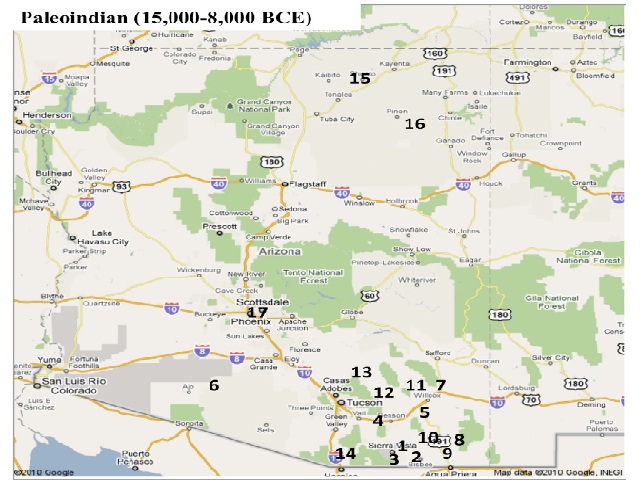Home on the Range: Biogeographic Distribution of Bison in Arizona
Keywords:
Bison, Biogeography, Arizona, Southwest historical ecologyAbstract
The American bison are traditionally thought of as animals of the vast plains and grasslands, but paleontological and archaeological evidence supports the view that the biogeographic range of bison extended throughout the continental United States to include the American Southwest and Arizona. During the Pleistocene (2,588,000 BP to 11,700 BP), there are several paleontological and archaeological signatures of bison herds in Arizona. From approximately 12,000 BP to AD 1 there is no evidence for bison in the area. This changes around AD 1 when the climate became more favorable, and bison expanded back into Arizona. The last historic bison remains in Arizona date to AD 1650. From AD 1650 until the early 1900s, there are no bison documented in Arizona. Reintroduction of bison to Arizona’s national forests and ranches began in the early 1900s and continues to today. Bison can still be seen on the Arizona landscape demonstrating the temporal longevity of the biogeographic distribution of bison in Arizona.





